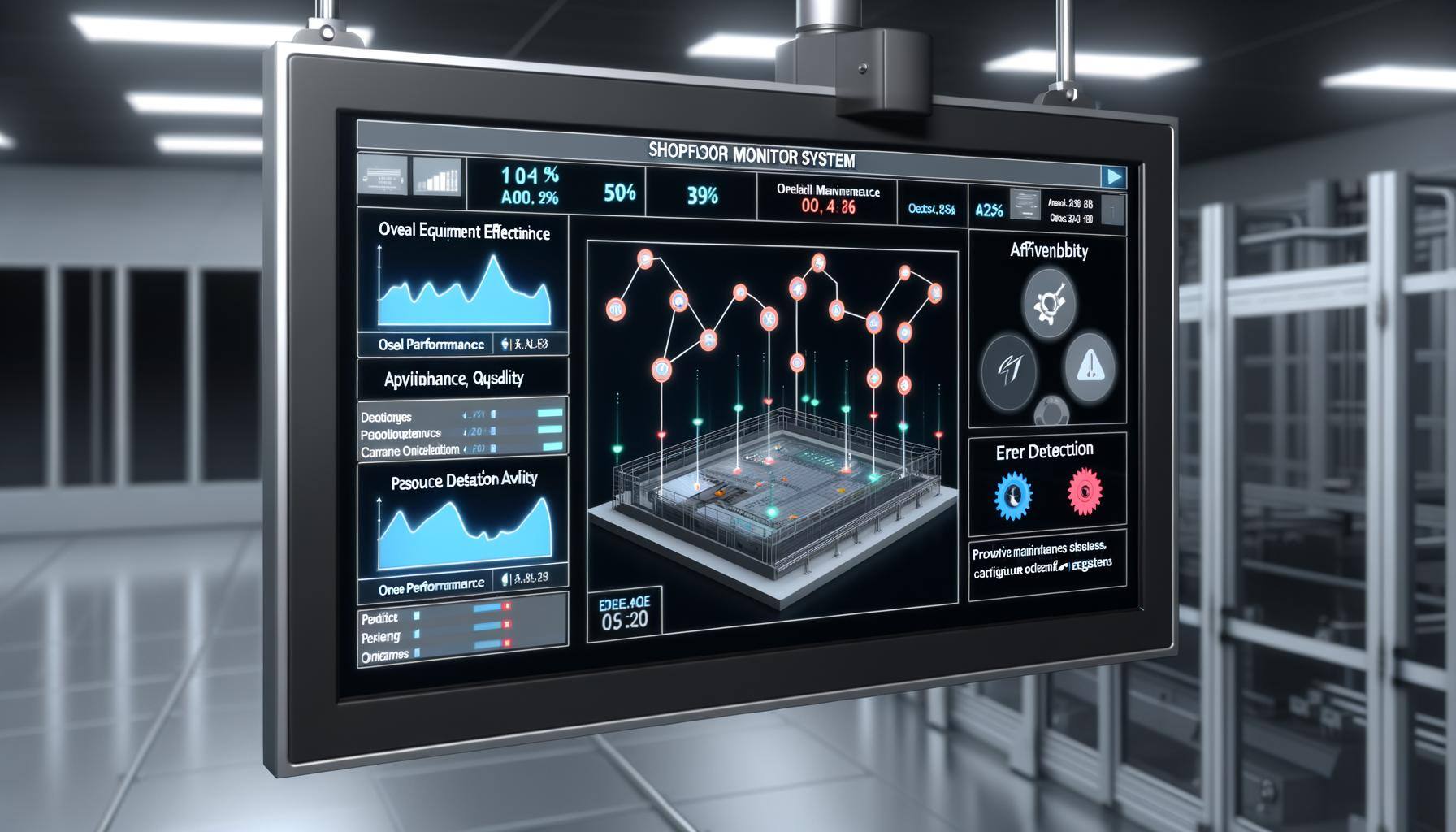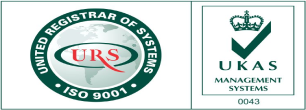
In today’s competitive manufacturing environment, staying ahead of the curve requires more than just producing high-quality products. It involves optimizing every aspect of the production process to ensure maximum efficiency, reduce downtime, and improve overall productivity. Shopfloor monitoring is a crucial element in achieving these goals. By collecting real-time data from your shop floor, you can gain valuable insights into machine performance, operator efficiency, and production status. However, the question remains: when should you implement shop monitoring for the best results?

Understanding Shop Monitoring
Shop floor monitoring involves using sensors, software, and other technologies to track and analyze various aspects of the production process. This includes monitoring machine conditions, equipment utilization, downtime, production rates, and operator performance. The information gathered helps managers and engineers make informed decisions that can improve overall productivity, reduce waste, and enhance product quality.
While shop monitoring can benefit any manufacturing environment, its implementation requires careful consideration of timing, scope, and objectives to ensure the best results.
Key Indicators for Implementing Shop Monitoring
- When You Want to Improve Efficiency
If your business is struggling with inefficiencies on the shop floor, shop monitoring is an ideal solution. Tracking key performance metrics such as machine uptime, cycle time, and material usage provides a clearer picture of where inefficiencies are occurring. You can identify bottlenecks, understand equipment utilization rates, and streamline processes that are currently underperforming. By having real-time access to performance data, you can quickly address issues before they escalate.
- When You’re Experiencing Frequent Downtime
Unplanned downtime is a significant cost to any manufacturing operation. If you’re facing frequent machine breakdowns, unproductive time, or delays in production, it’s time to consider shop monitoring. Monitoring the health of your equipment in real-time helps identify early signs of wear and tear, preventing sudden failures. Predictive maintenance tools integrated with shop monitoring systems can alert you when a machine is at risk of breaking down, allowing you to perform necessary repairs before they cause major disruptions.
- When You’re Scaling Your Operations
As your business grows and production volumes increase, managing operations becomes more complex. Implementing shop monitoring at this stage can help ensure smooth scaling. With more machines and operators on the floor, real-time visibility into the performance of each resource becomes essential. Shop monitoring allows you to track productivity levels across multiple shifts and locations, ensuring that your scaling efforts are sustainable without compromising efficiency.
- When You Need to Ensure Quality Control
Maintaining consistent product quality is critical, especially when working with complex or high-precision manufacturing processes. Shop monitoring provides the data needed to detect quality issues early in the production process. By continuously tracking production metrics such as temperature, pressure, or speed, you can identify any deviations from quality standards and take corrective actions immediately. This reduces the likelihood of defective products reaching customers and minimizes the need for costly rework or recalls.
- When You Want to Improve Operational Visibility
For managers and business owners, gaining insight into what’s happening on the shop floor at any given moment is essential for making informed decisions. Shop monitoring provides that visibility, allowing you to monitor performance, address issues in real-time, and improve overall operations. With centralized dashboards that display real-time data, managers can easily track progress, evaluate production goals, and make adjustments as needed.
How to Implement Shop Monitoring for Best Results
To get the most out of your shop monitoring efforts, it’s important to:
- Identify Key Metrics: Determine the most important performance indicators that align with your business goals. This could include machine uptime, production speed, cycle times, or energy consumption.
- Invest in the Right Technology: Choose the right shop monitoring software and hardware that suits your shop floor needs. Make sure that the system you choose is compatible with your equipment and can provide real-time, actionable data.
- Train Your Team: Successful implementation requires that your team understands how to use the shop monitoring system effectively. Ensure that operators, engineers, and managers are all trained in how to interpret the data and take action.

Conclusion
In conclusion, shop monitoring is an essential tool for manufacturers looking to improve efficiency, reduce downtime, and ensure product quality. Implementing it at the right time—whether to solve existing inefficiencies, address quality concerns, or manage scaling operations—can yield significant improvements in production performance. By leveraging the real-time insights provided by shop monitoring, you can take proactive measures to enhance productivity and stay ahead of the competition. At DDSPLM Private Limited, we offer comprehensive shop monitoring solutions to help manufacturers optimize their operations and achieve the best results possible. Let us assist you in integrating shop monitoring into your business for enhanced efficiency and success.


